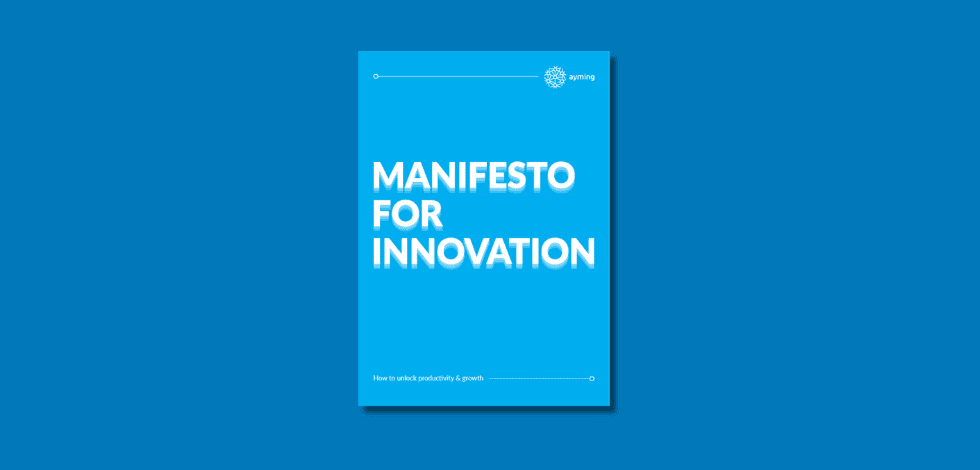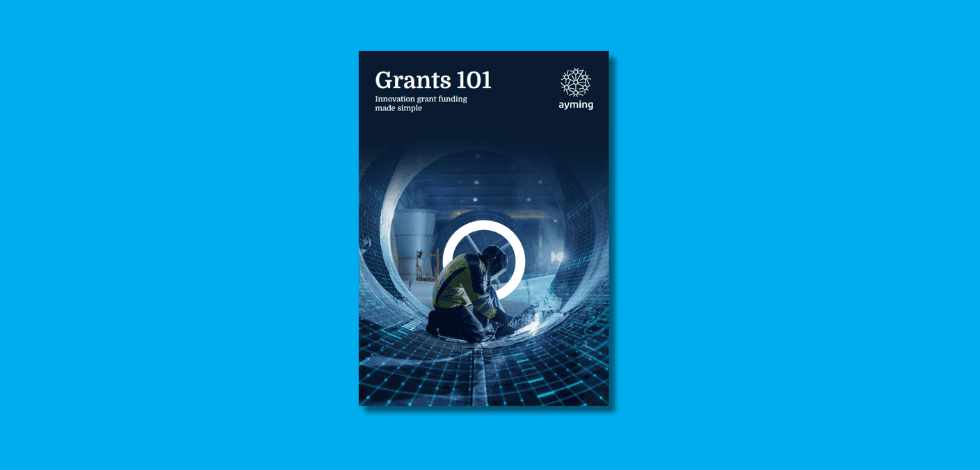We caught up with Martin Hook, Managing Director of Ayming UK & Ireland, to find out more about Ayming’s new online tool, The Benchmark, and what it means for companies looking to compare global R&D tax incentive schemes.
Tell us a little bit about The Benchmark
“Essentially, The Benchmark makes comparing the many differing national Research and Development (R&D) tax schemes simpler. Its primary asset is a toolbar chart and interactive graphic which directly compares the R&D schemes based on two metrics, Generosity of the Scheme and Ease of Application. But we’ve also compiled individual country profiles which provide top level information on crucial elements of that particular scheme, as well as things to look out for.
So far, we’ve examined 14 countries, with more in the pipeline. We want businesses to be able to make informed decisions when deciding on where to undertake R&D activity. It’s the first of its kind in the sense that it provides businesses this direct, concise comparison in an easily digestible format. Its deceptively simple format belies the work our international consulting team has put into creating a tool which allows differing schemes to be directly compared. The data will be regularly updated and we’ll be looking to include new countries on an ongoing basis. We’re delighted to have launched it after many months in the making.”
Why is it important to be able to compare R&D tax incentive schemes?
“For international companies, it’s crucial to understand where’s best to undertake their R&D activity. If a business is about to undertake R&D activity it is important to look at options as a particular system may be better suited to specific activity than others. This is where our tool comes into play. It will give businesses an initial understanding of the global R&D landscape, the first step in helping them when making strategic decisions, such as office relocations or operational reshuffles. This can have a huge impact on revenue.
We’re also committed to the cause of boosting innovation globally. An added bonus of this initiative is that we’re hoping this provides lobbyists with a foundation to push governments for more innovation spending.”
You mentioned there are other comparisons out there so what makes Ayming’s The Benchmark different?
“We’d argue that there aren’t any real comparisons out there.
There are some existing studies which analyse R&D schemes globally, but they’re pretty heavy duty. From conversations with our clients, we’ve learnt that businesses struggle to navigate what’s out there effectively. They’re too long and too onerous. We wanted to provide more clarity and our simple, graphic format delivers that.
R&D is a niche tax area, and one which people need to become more educated on as it will release greater capital into the business. Far too many executives see R&D as something which only happens in a lab, but there’s so much more to it.
Many countries have realised the benefits of increasing R&D spending as a force for driving innovation to boost their economies. The systems vary significantly from country to country so financial directors need guidance on how to make the right decision. Our granular international experience in the field has enabled us to pull this broad overview together.”
Why did you settle on those two metrics – Generosity and Ease of Application?
“There are so many factors to consider when looking into where to undertake R&D. It’s far more complex than just; how much money will I get back? And many of the metrics are tricky to compare. For example, how scrutinised are application processes? How far back can applications go? What does the local tax authority consider eligible for relief? How often are receipts paid? When?
It’s difficult to condense and standardise all this information.
Our consultants have been working hard to find an effective way of comparing each individual scheme and compiling it into a format which can be easily digested. As a result, they have devised a system whereby schemes are analysed according to two key metrics of “Generosity” and “Ease of Application”, which has allowed us to compare differing R&D schemes. Generosity gives an indication of financial value, and ease of application measures how challenging the application process is – as you can imagine, tax authorities need applications done in a very specific way and businesses need to get their heads around the process.”
The UK falls in the middle of the graph. What does that mean for the UK and companies that operate here?
“The UK has been incentivising R&D since 2000, so it’s a mature market. Not to be underestimated is that we are in the top half – we have a generous scheme with relative ease for tax professionals to navigate.
But there’s clearly room for improvement. If the UK is to compete at a global level in innovation and draw in foreign investment, the Government needs to take steps to make the ecosystem more innovation friendly. After all, the Government has outlined targets to increase R&D spending as a proportion of GDP and, frankly, they’re not doing enough.
We’re hoping our report and online tool might play a part changing that. Of course, HMRC needs to make sure the tax relief is warranted and the R&D activity is legitimate. Credit where it’s due, so to speak. However, in order to meet their own targets, the Government needs to provide more support and education to businesses around making use of the incentives.
Having said this, taking a more international view, it’s fantastic that there are so many beneficial R&D tax incentives across the globe. Regardless of where R&D takes place, each individual country’s scheme will be boosting innovation and benefitting economies. Any relief is definitely better than none.
We’re looking forward to expanding The Benchmark, adding more countries into the tool over the coming months.”
How does your country’s R&D tax incentive scheme compare to those around the world? Take a look at The Benchmark for top-level insight into each scheme:















No Comments